Letter Notice Samples
-
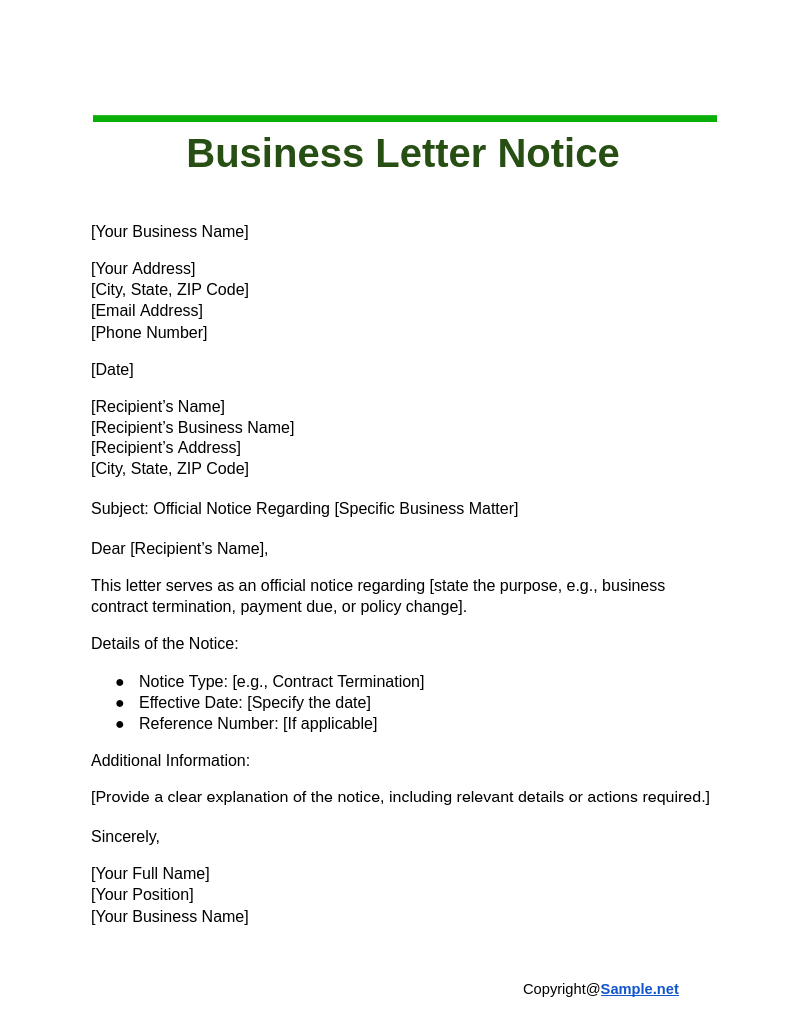
Business Letter Notice
download now -

Eviction Letter Notice
download now -
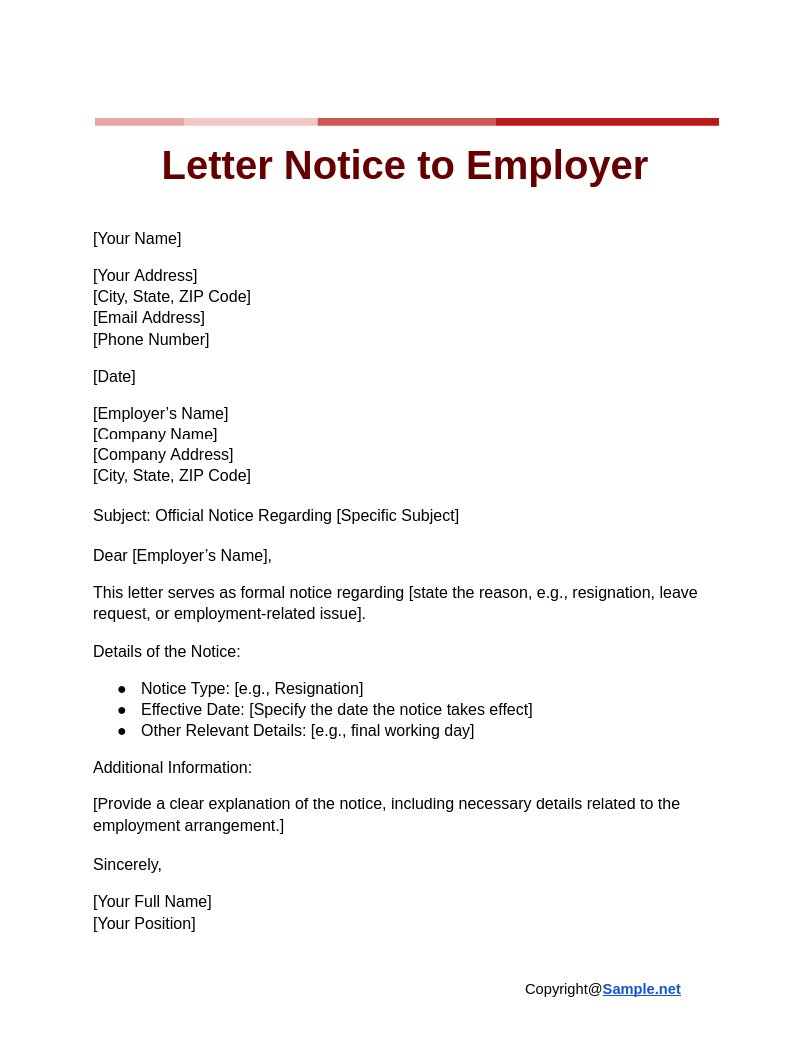
Letter Notice to Employer
download now -
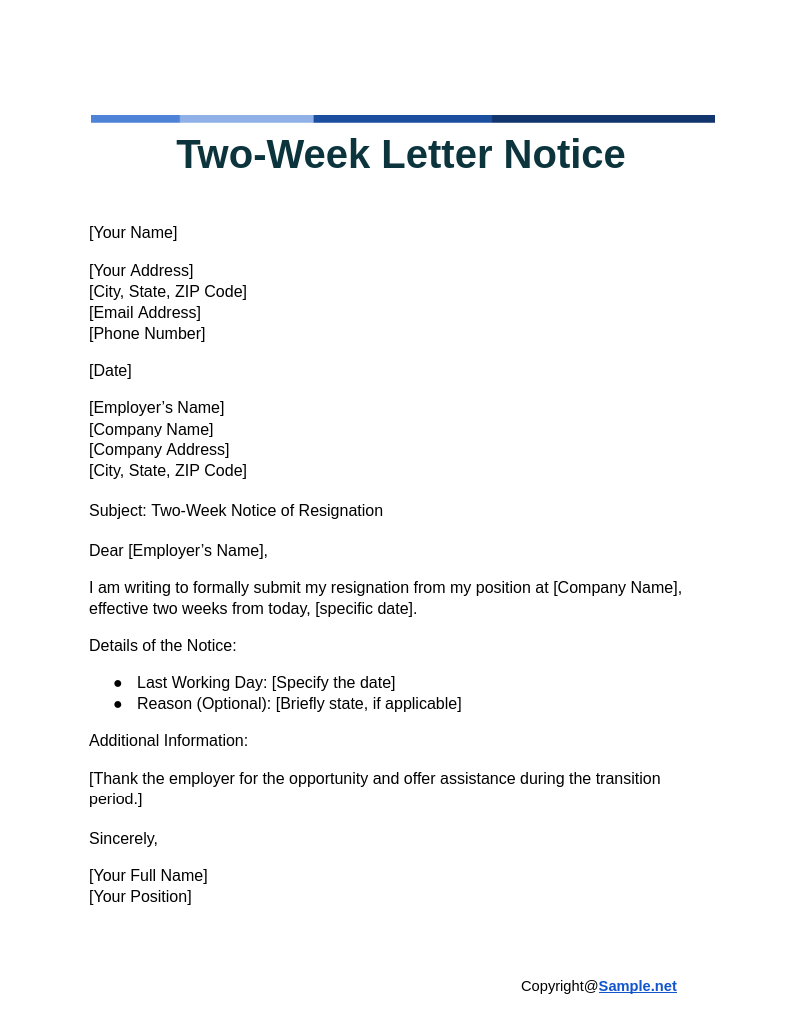
Two-Week Letter Notice
download now -
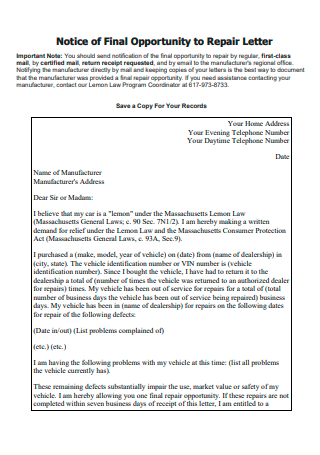
Repair Letter Notice
download now -
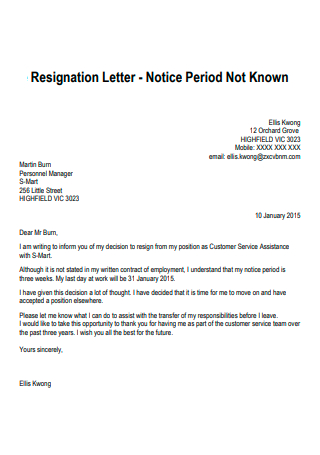
Resignation Letter Notice
download now -
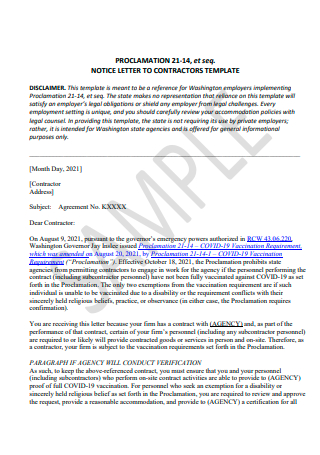
Sample Letter Notice
download now -
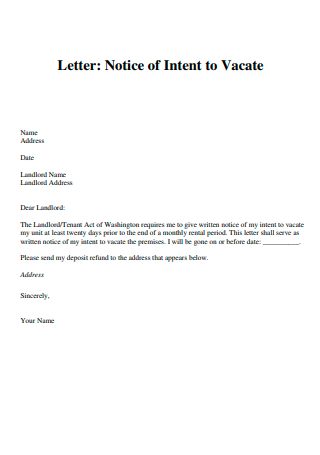
Letter Notice of Intent to Vacate
download now -
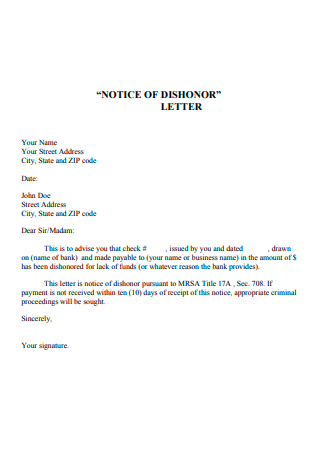
Letter Notice of Dishonor
download now -
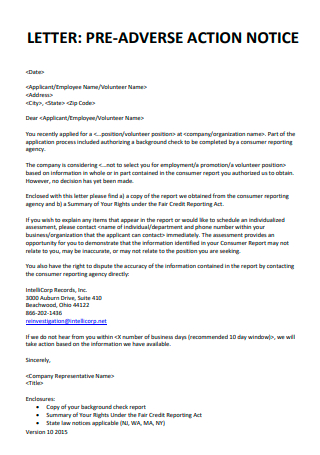
Pre-Adverse Action Letter Notice
download now -
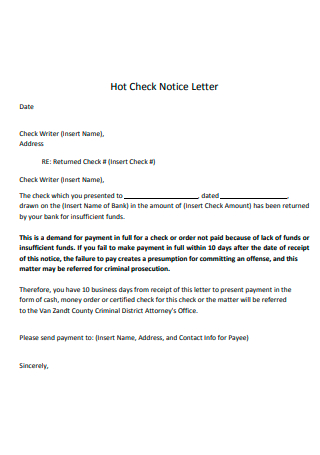
Check Letter Notice
download now -

Letter Requesting Written Notice
download now -
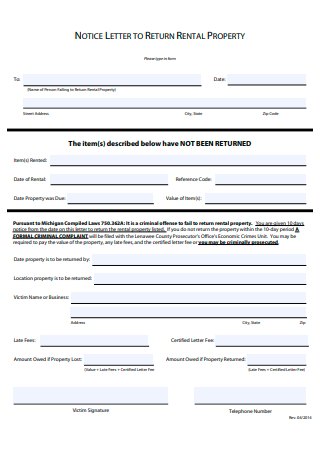
Letter to Return Rental Property Notice
download now -
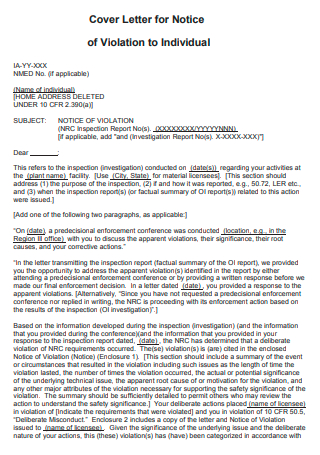
Cover Letter For Notice of Violation to Individual
download now -
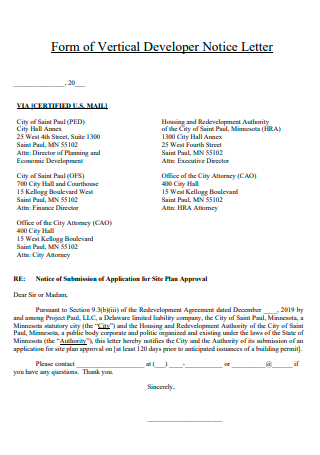
Letter Notice Form of Vertical Developer
download now -
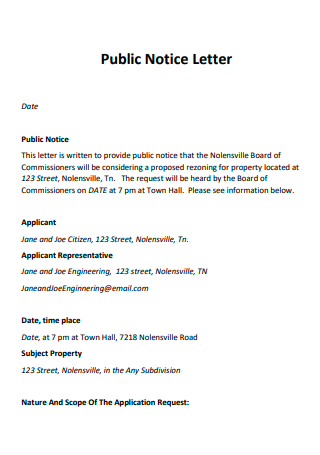
Public Letter Notice
download now -
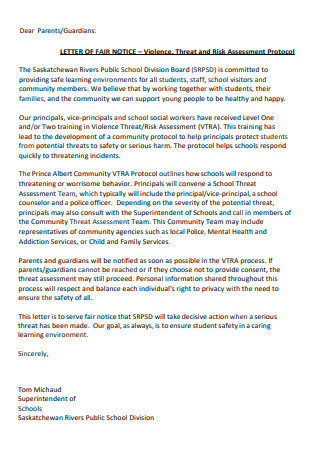
Letter of Fair Notice
download now -
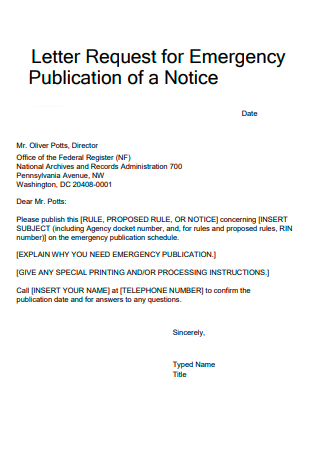
Letter Request for Emergency Publication of Notice
download now -
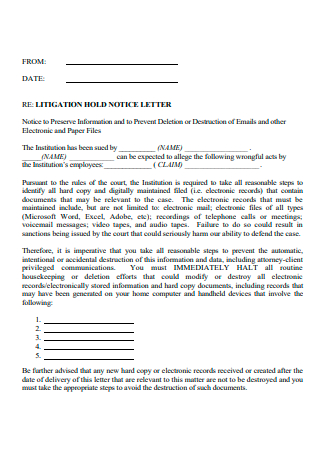
Litigation Hold Letter Notice
download now -
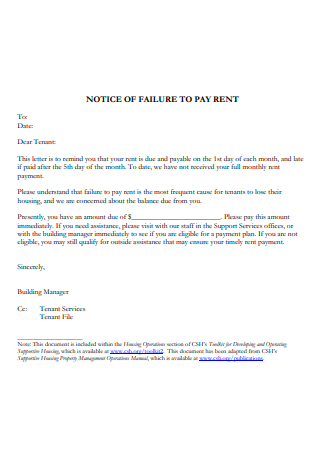
Letter Notice of Failure to Pay Rent
download now -
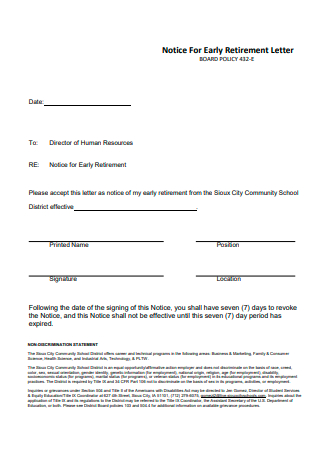
Early Retirement Letter Notice
download now -
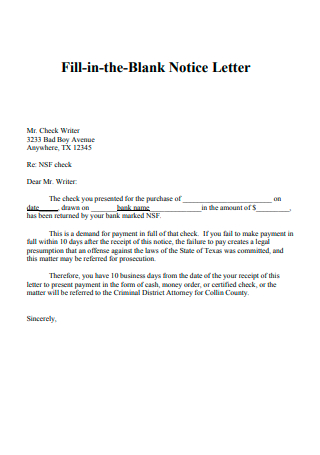
Letter Notice Example
download now -

Fair Letter Notice
download now -
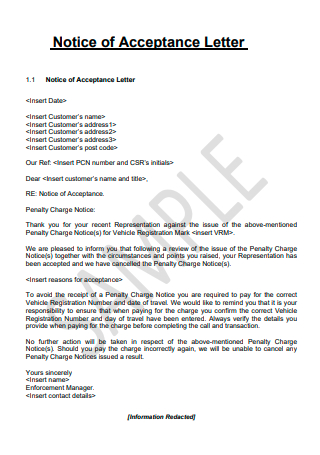
Letter Notice of Acceptance
download now -
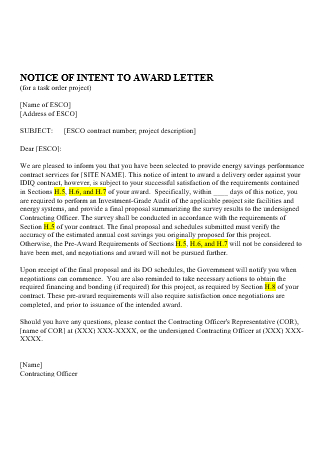
Award Letter Notice of Intent
download now
FREE Letter Notice s to Download
Letter Notice Format
Letter Notice Samples
What is a Letter Notice?
Purposes of a Letter Notice
How to Create a Letter Notice
FAQ
How do I write a letter of notice?
What is an official notice letter?
How do I write a letter of notice for a customer?
Is a specific format required for a letter notice?
What distinguishes a letter notice from a memo?
What should be avoided in a letter notice?
How does a letter notice serve in legal disputes?
What role does tone play in a letter notice?
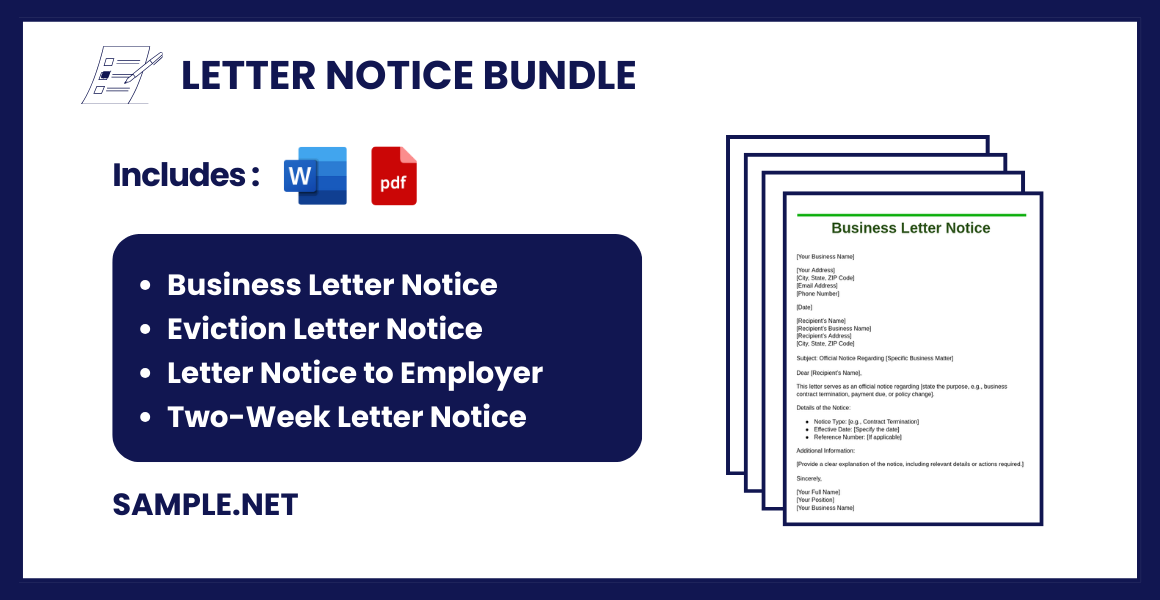
Letter Notice Format
[Your Name/Organization’s Name]
[Your Address]
[City, State, ZIP Code]
[Email Address]
[Phone Number]
[Date]
[Recipient’s Name]
[Recipient’s Address]
[City, State, ZIP Code]
Subject: [Clear and Concise Subject of the Notice]
Dear [Recipient’s Name/To Whom It May Concern],
This letter serves as an official notice regarding [briefly state the purpose of the notice, e.g., overdue payment, policy changes, termination, etc.].
Details of the Notice:
- Notice Type: [e.g., Final Payment Reminder]
- Reference Number: [If applicable]
- Important Date/Deadline: [Specify critical date(s)]
Explanation:
[Provide a detailed explanation of the notice, its purpose, and any actions required. Be concise but include all necessary information for the recipient.]
Required Action:
[Clearly outline what the recipient needs to do, including any deadlines or consequences of non-compliance.]
Contact Information:
If you have any questions or require further clarification, please do not hesitate to contact me/us at [your contact details].
Sincerely,
[Your Full Name]
[Your Title/Position]
[Organization Name]
What is a Letter Notice?
A letter notice is a formal written document that is issued to an individual with the intention of informing, announcing, or relaying a particularly important subject. There are many different types of letter notices and the most common ones involve employment and eviction issues. You can also see more on Request Letter.
Purposes of a Letter Notice

A Letter Notice serves several key purposes, ensuring effective communication in both personal and professional settings. Here are its primary functions:
1. Formal Communication:
A Letter Notice delivers messages in a structured and professional manner, providing clarity and ensuring the information is understood as intended. You can also see more on Letter of Interest.
2. Documentation:
It acts as a permanent record of communication, which can be referred to in the future for verification or legal purposes.
3. Accountability:
By issuing a Letter Notice, the sender holds the recipient accountable for acknowledging the information or acting on the notice as required.
4. Legal Compliance:
Many legal processes require formal notices to be served as part of regulations or contractual obligations. A Letter Notice fulfills these requirements effectively. You can also see more on Legal Letters.
5. Clarity and Transparency:
A Letter Notice minimizes misunderstandings by clearly outlining the purpose, requirements, or expectations in writing, ensuring all parties are aligned.
How to Create a Letter Notice

The format of a letter notice is just as important as the contents of the letter. And if you are short on time and need to craft a letter notice immediately, using a ready-made template is the most practical choice. Simply choose any of the templates above that suits your needs and follow the step-by-step instruction guide below.
Step 1: Decide on the Purpose and Format
The first step in crafting a letter notice is to establish its purpose and format. As discussed earlier, a letter notice can have different objectives. Whether it is to settle a late payment or to inform a delinquent client, you need to have a clear objective or purpose in mind before writing your letter. As for the format, a formal notice letter is typically not that long. As much as possible, it should be straight to the point and should contain only relevant and useful information. A single page letter will do; but make sure that the sections are clearly divided and easily comprehensible to the reader. For instance, you can start with a brief introduction or greeting then move directly to the body or the main point of the letter. You can also see more on Explanatory Letter.
Step 2: Include the Basic Information
The next step is to outline all the basic information. Since the notice is in letter format, you need to provide the recipient’s details. Include the date, complete name, and address of the recipient. If you are addressing your letter notice to a direct supervisor or manager, you can include their designation or office under their name as well. Make sure to address them professionally in your greeting or in the introductory section too by using the appropriate salutation. And if you need a blueprint or guide on how to do this, simply browse the template selection above for ideas.
Step 3: Enumerate the Terms and Conditions
An important section in a letter notice is the terms and conditions. After stating your purpose for sending the letter notice in the introduction, the next step is to enumerate the different terms and conditions. Rarely do formal notices come without certain conditions. Whether it is a specific deadline or a list of demands and consequences, terms should be clear, fair, and reasonable. Terms are important because they help manage expectations and they help clarify what needs to be done in relation to the matter. However, if the recipient fails to act on the notice or does not agree to certain terms, then it becomes another issue. You can also see more on Proven Letter of Support.
Step 4: Provide Contact Details
After laying out the terms and conditions, the last step is to provide working contact details. There are cases where a tenant or employee may feel the need to seek clarification upon receiving the letter notice. Thus, it is important to have an avenue to address this. This section can serve as an apt closing statement or conclusion. It is important to reassure the recipient that you are open to questions and welcome any clarifications that he or she may have. Along with your complete name, indicate your email address, landline, mobile number and an alternative contact number just in case.
A letter notice is an essential document for formal communication, bridging gaps between parties in personal, business, or legal settings. Its structure ensures clarity, professionalism, and effective delivery of critical information. A well-written notice minimizes misunderstandings and establishes a clear record of communication. With its significance in various contexts, mastering the creation of letter notices is a valuable skill for professional and personal use. You can also see more on Employment Letters.
FAQ
How do I write a letter of notice?
To create a letter of notice, indicate the recipient’s basic information, state the reason for receiving the notice, enumerate the terms (if applicable) and provide your contact details.
What is an official notice letter?
An official notice letter is a formal letter informing an individual about a particular situation (e.g., work notice) or reminding them of a pending requirement (e.g., notice of late payment).
How do I write a letter of notice for a customer?
Address the customer professionally using the proper letter format and make the letter of notice short and direct to the point.
Is a specific format required for a letter notice?
Yes, it typically includes a salutation, introduction, body, and conclusion, maintaining a formal tone. You can also see more on Petition Letter.
What distinguishes a letter notice from a memo?
A letter notice is formal and often directed to external parties, while a memo is an internal communication tool typically less formal. Notices often serve legal or official purposes, whereas memos are more casual.
What should be avoided in a letter notice?
Avoid informal language, grammatical errors, and ambiguous content. The letter must be clear, concise, and professional to convey the intended message effectively. You can also see more on Letter Of Application.
How does a letter notice serve in legal disputes?
It provides formal, documented communication that can be used as evidence in legal proceedings. Notices clarify terms, resolve conflicts, or outline agreements.
What role does tone play in a letter notice?
Tone sets the professional and emotional context of the notice. A serious tone is essential for legal notices, while a respectful and formal tone works for business notices. You can also see more on Permission Request Letter.
